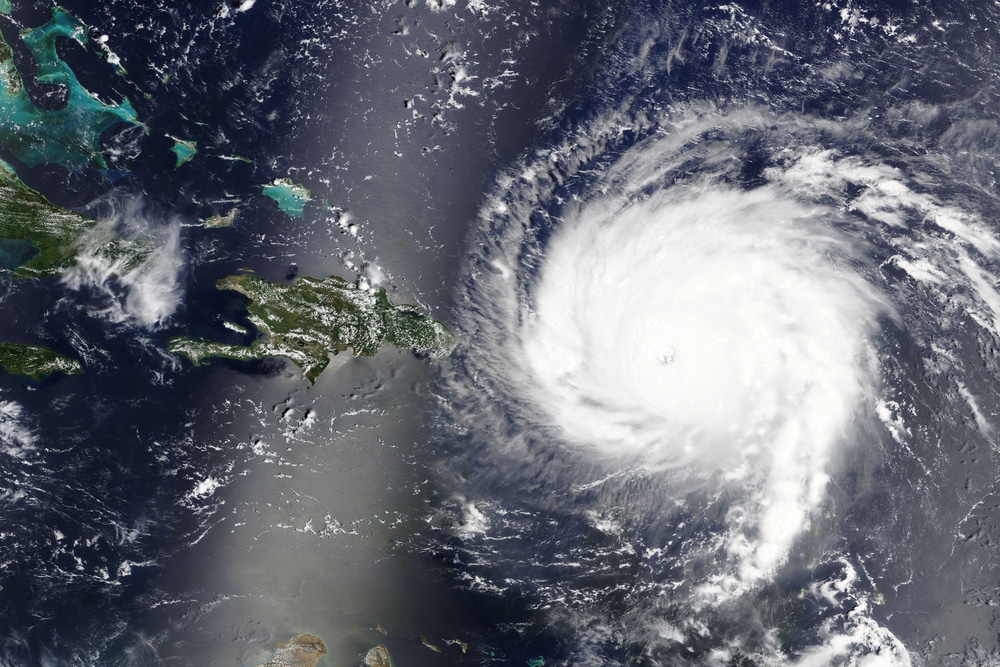Mexico has raised its alert level on the Popocatepetl volcano Sunday following an increase in tremors and explosions of ash that shuttered airports in nearby Mexico City and Puebla.
A panel of experts recommended raising the alert level to “yellow phase three” from “yellow phase two” on the volcano, located 70 km (44 miles) southeast of Mexico City, the country’s head of civil protection, Laura Velazquez, said in a press conference.
The increase leaves a “stoplight” one level away from red. Officials were ordered to make checks on evacuation routes and emergency shelters in case of need, Velazquez said.
The state capital of Puebla was covered by ash for the first time in around a decade and its airport was closed on Sunday, Milenio TV reported.
“We are in a phase of alert, not alarm,” Puebla’s governor Sergio Salomon said in a video message posted on Twitter. He said evacuations weren’t required but that residents close to the volcano should be prepared.
The 17,797-foot (5,426-meter) volcano, known affectionately as “El Popo,” has been spewing toxic fumes, ash and lumps of incandescent rock persistently for almost 30 years, since it awakened from a long slumber in 1994.
According to PBS, The volcano is 45 miles (72 kilometers) southeast of Mexico City, but looms much closer to the eastern fringes of the metropolitan area of 22 million people. The city also faces threats from earthquakes and sinking soil, but the volcano is the most visible potential danger — and the most closely watched. A severe eruption could cut off air traffic, or smother the city in clouds of choking ash.
Ringed around its summit are six cameras, a thermal imaging device and 12 seismological monitoring stations that operate 24 hours a day, all reporting back to an equipment-filled command center in Mexico City.
A total of 13 scientists from a multidisciplinary team take turns staffing the command center around the clock. Being able to warn of an impending ash cloud is key, because people can take precautions. Unlike earthquakes, warning times can be longer for the volcano, and in general the peak is more predictable.
On a recent day, researcher Paulino Alonso made the rounds, checking the readings at the command center run by Mexico’s National Disaster Prevention Center, known by its initials as Cenapred. It is a complex task that involves seismographs that measure the volcano’s internal trembling, which could indicate hot rock and gas moving up the vents in the peak.

















